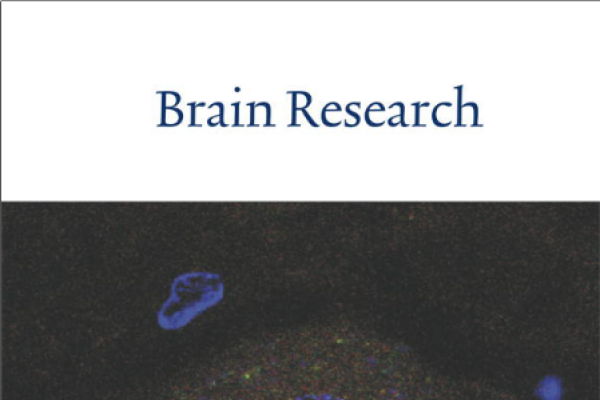2009-10-12

The movement of animals through space filled with various objects requires the interaction between neuronal mechanisms specialized for processing local object motion and those specialized for processing optic flow generated by self-motion of the animal. In the avian brain, visual nuclei in the tectofugal pathway are primarily involved in the detection of object motion. By contrast, the nucleus of the basal optic root (nBOR) and the pretectal nucleus lentiformis mesencephali (nLM) are dedicated to the analysis of optic flow. But little is known about how these two systems interact. Using single-unit recording in the entopallium of the tectofugal pathway, we show that some neurons appeared to be integrating visual information of looming objects and whole field motion simulating optic flow. They specifically responded to looming objects, but their looming responses were modulated by optic flow. Optic flow in the nasotemporal direction, typically produced by the forward movement of the bird, only mildly inhibited the looming responses. Furthermore, these neurons started firing later than when the looming object was presented against a stationary background. However, optic flow in other directions, especially the temporonasal direction, strongly inhibited their looming responses. Previous studies have implicated looming-sensitive neurons in predator avoidance behavior and these results suggest that a bird in motion may need less time to initiate an avoidance response to an approaching object.

The movement of animals through space filled with various objects requires the interaction between neuronal mechanisms specialized for processing local object motion and those specialized for processing optic flow generated by self-motion of the animal. In the avian brain, visual nuclei in the tectofugal pathway are primarily involved in the detection of object motion. By contrast, the nucleus of the basal optic root (nBOR) and the pretectal nucleus lentiformis mesencephali (nLM) are dedicated to the analysis of optic flow. But little is known about how these two systems interact. Using single-unit recording in the entopallium of the tectofugal pathway, we show that some neurons appeared to be integrating visual information of looming objects and whole field motion simulating optic flow. They specifically responded to looming objects, but their looming responses were modulated by optic flow. Optic flow in the nasotemporal direction, typically produced by the forward movement of the bird, only mildly inhibited the looming responses. Furthermore, these neurons started firing later than when the looming object was presented against a stationary background. However, optic flow in other directions, especially the temporonasal direction, strongly inhibited their looming responses. Previous studies have implicated looming-sensitive neurons in predator avoidance behavior and these results suggest that a bird in motion may need less time to initiate an avoidance response to an approaching object.